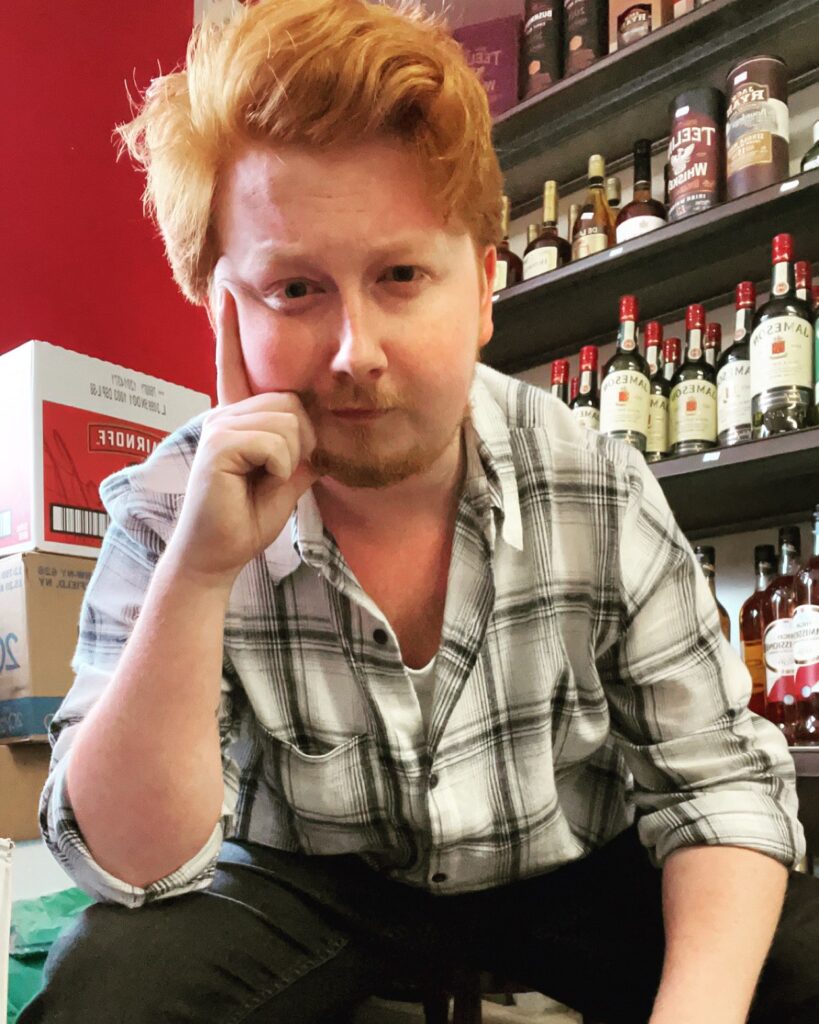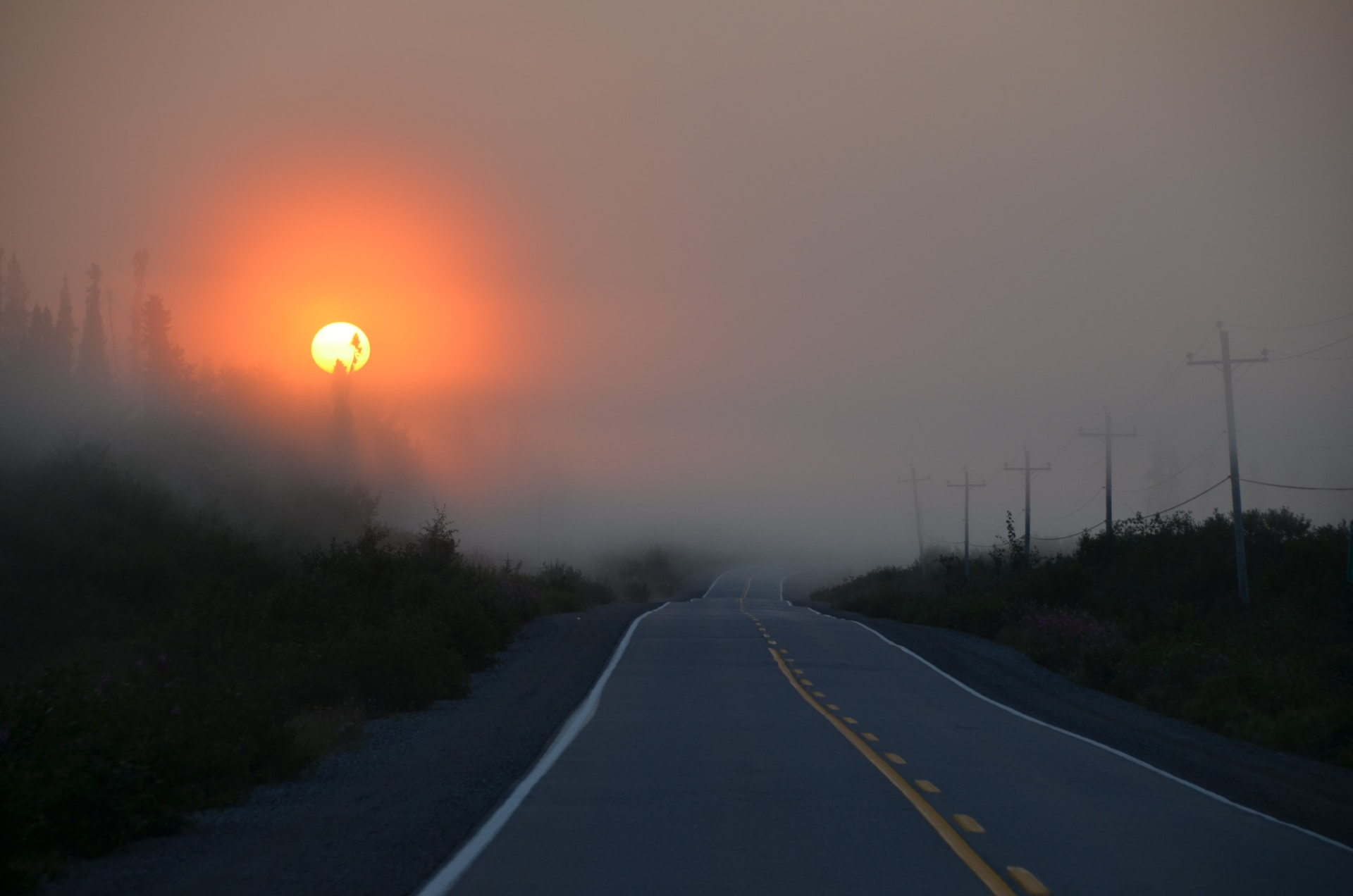by Jay Rafferty

Consider the average artist. Perhaps working a day job they don’t particularly care for, surviving on tuppence from one month to the next and trying to indulge their artistic pursuits at the same time. Should they find themselves with an evening free where would they go? A gallery maybe, a play, a reading or some kind of event. Something that will feed their starved creative spirit. Where does one go if these events, these chicken-soup-for-the-soul places aren’t readily available? Well, in that case they’ll have to go to the city. Cities have always been the great centers of art, literature and music. The promotion of these spaces, specifically Belfast’s art scene in Northern Ireland, is aided by many factors; university hubs, funding allocation but moreover the surplus of artists from across the country who flock to the city permanently. What makes rural artists abandon their communities for the Antrim metropolis? The short answer is opportunity. The long one is much more complicated.
Decentralization, by which I mean the spreading of equal opportunity (artistic or otherwise) has never worked well in Northern Ireland. When the town of Craigavon in County Armagh was first conceived it was pictured as a means to decentralize industrial power from Belfast and County Antrim and to extend the inner political workings of Stormont (NI’s seat of government) across Northern Ireland rather than a corner of the north east of the island.
The planned city, which was intended to incorporate the towns of Lurgan and Portadown eventually, was designed to attract a middle class community of civil servants and their families through the creation of two artificial lakes, modern housing projects, suburbs and the enticement of businesses to its territory.
This, as you may have guessed, failed. Craigavon does indeed still exist today but it is not the little brother to Belfast that was envisioned, it is barely even a town in its own right. There are a few reasons for this: the outbreak of the Troubles in the 1960s, shoddy building infrastructure, sectarian divisions in the populace and poor economic outcomes for local businesses. However one thing Craigavon can never be accused of is lacking access.
The M1 motorway was originally built to link Belfast with the planned “new city”, and by extension from there to more rural areas such as Armagh city, Keady and Moy. You have never heard of theses small places, unless you’re a fan of the poet Paul Muldoon or cathedrals. The M1 does still exist, and is used daily by thousands of motorists linking Belfast in County Antrim all the way to the township of Dungannon in Country Tyrone. But this only spans 3 of 32 possible counties.
Again, let’s consider the average rural artist. Perhaps not a universal trait but many of us are passenger princesses, unable to drive or with no access to a car. What then? Well we rely on public transport of course. Craigavon, the failed city, is sandwiched between train stations in both the towns of Portadown and Lurgan. Those of us beyond Portadown don’t have it so lucky, unfortunately.
Ireland’s train network has dwindled in the past 100 years, effectively cutting off access by train to the majority of the country’s rural north west and west in general. For reference, the towns I mentioned prior (Armagh city, Moy, keady) all had functioning rail lines prior to 1960. Most of the few rail lines still active slink up the east and north coast, particularly crawling out around Belfast. Quick and efficient public transport to a handful of destinations, most of which are in County Antrim. Moreover the Glider rapid bus transit system integrated into Belfast’s transport services in 2018 cost the public £100 million and runs from 5am to shortly after 11pm most days.
Let’s consider our passenger princess rural artist again. Say they want to spend an evening in Belfast, spoilt for choice artistically rather than the few slim pickings (mostly country and western tribute acts, if that) in their own town. What options do they have? Honestly very few.
Assuming the artist works a 9-5 job, like many of us do, travel to the Big Smoke from most rural towns in the country is at least an hour by bus or train. Now consider when these shows begin. The start time for most musical acts, plays, open mics, gallery openings is later in the evening, 7pm let’s say to be generous. A two hour gap to get ready and get to Belfast. If our artist needs to return to their home, (eg: Armagh City) that night, unable financially to find a hotel for the evening, they’d have to run for the final bus at 8.05 pm. An exhausting, draining experience. So much for chicken-soup-for-the-soul.
No wonder so many rural artists flock to Belfast, they’ve really got few other options to feed their creative outlets. The arts scene has yet to spread inland on a large scale from Belfast, decentralization failing yet again. Artistic focus is insular in Antrim. Pathetic public transport infrastructure gives us rural artists little other choice to attend high brow arts events. We must become one with the city, visit at every given chance if living there is not an option (regardless of the dent in your wallet), or find yourself shut out, a county limit away from where the creative folk and circles are.
Author’s note: This was written as a response to a Belfast-born artist who once asked me why I don’t come to art events in the city every other week. For some this isn’t an issue that occurs to them. My inability to attend is not a statement or refelction on this country’s public transport infrastructure or the failure of equal artistic opportunity. For those people there’s a simple fix. Can’t thrive in a rural community? Leave it. My reply? It’s well for some.
Jay Rafferty is a redhead, an uncle and an eejit. He is the poetry editor for Sage Cigarettes Magazine, a guest lecturer on Irish Literature and a Programme Committee member for The John Hewitt Society. He is also the author of two published chapbooks, Holy Things (The Broken Spine, 2022) and Strange Magic (Alien Buddha Press, 2022). You can read his poetry, essays and reviews in several journals including Winecellar Press, An Áitiúil Anthology, Unstamatic and HOWL New Irish Writing. When not losing games of pool he, sometimes, writes stuff. You can follow him on Twitter @JayRaffertyPoet or Instagram @SimplyRedInTheHead.



Add your first comment to this post